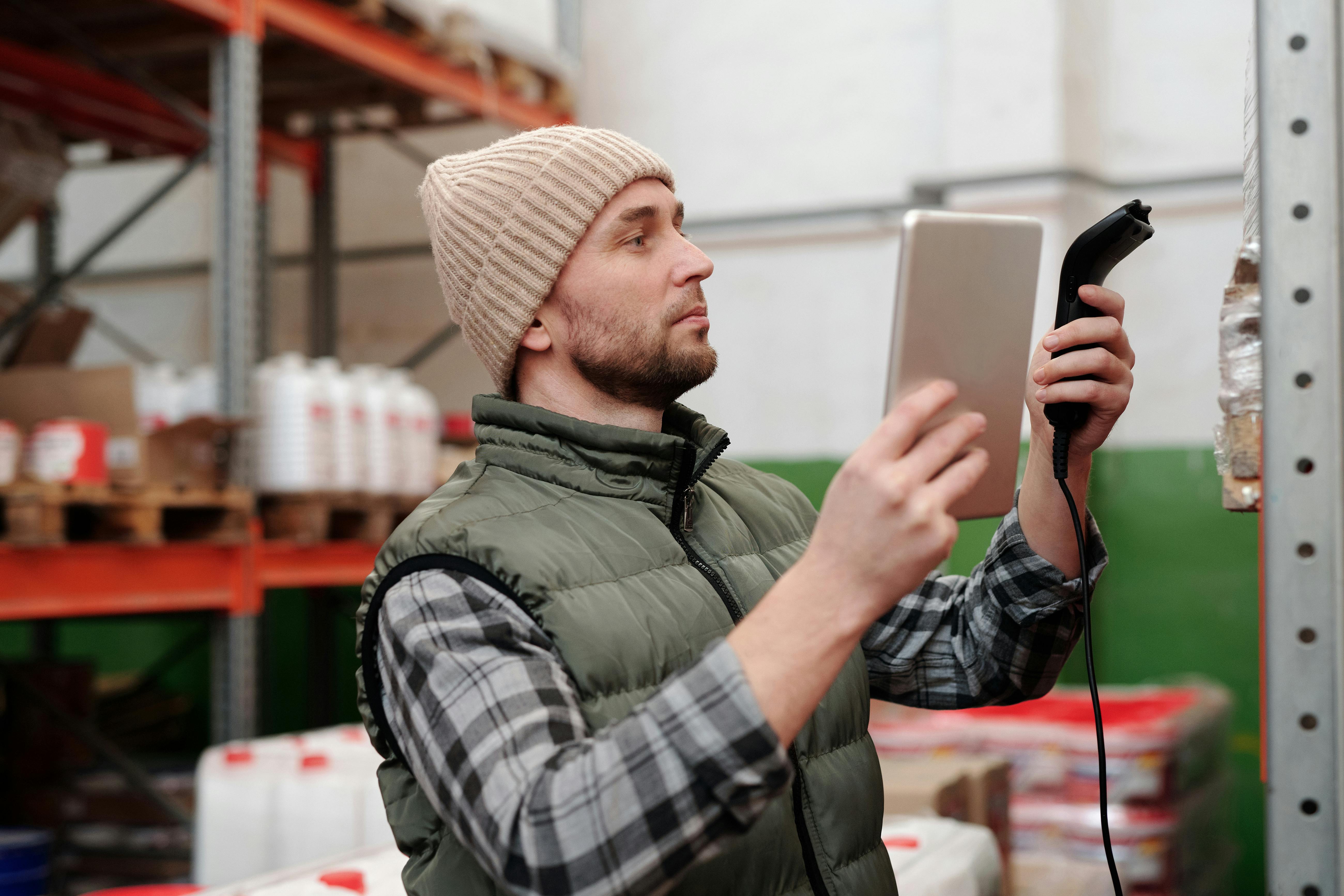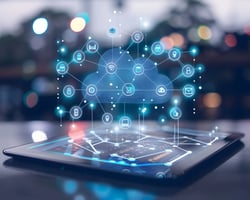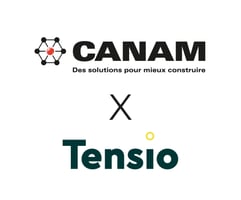At Tensio, we understand that technology, and specifically IoT (Internet of Things), can transform...
A new sensor to measure what truly matters in your buildings
Quebec’s building stock is aging, and building management challenges are becoming increasingly complex—especially under the pressures of climate change. Facility managers are working hard to keep their assets in good condition, but often lack the right tools to do so efficiently. That’s why Tensio has added four powerful monitoring functions into a single new sensor.
This innovative device empowers building owners and managers to optimize their investments and ensure occupant comfort and safety by tracking critical data: temperature, humidity, humidex, and mold risk.
Why you should monitor the indoor environment of your buildings
Climate shifts are driving greater intensity and unpredictability in temperature and humidity variations. This increases the risk of material deterioration caused by excess moisture and mold growth. Winter freeze–thaw cycles or heavy rainfall can affect buildings— even indoors. Meanwhile, summer heat waves and extreme humidity events promote microscopic fungal growth in poorly ventilated walls or ceilings.
Even well-designed HVAC systems may fall short when conditions change too quickly. Smart sensors help by detecting invisible early warning signs of excess humidity, preventing costly long-term damage.
Occupant comfort is another growing concern in offices, schools, and public facilities. High heat or humidity can impact concentration, well-being, and productivity. An arena, for instance, could use temperature sensors to monitor spectator comfort during games, without sending maintenance staff to check conditions in person.
And because all data is centralized on a clear real-time dashboard, teams can monitor conditions remotely, freeing up resources and increasing responsiveness.
The Four Types of Critical Data to Monitor: Humidity, Temperature, Mold Index, and Humidex
Humidity
The humidity level inside a building can greatly affect the health of its occupants. Indeed, excess moisture can cause and worsen respiratory problems and allergies by impacting air quality. In addition, high humidity levels can increase the perceived temperature.
Excess relative humidity promotes the growth of dust mites and fungal spores, while low humidity can lead to respiratory tract irritation, dry skin, and general discomfort, especially during the winter heating season. Humidity can also contribute to the growth of mold and bacteria in porous materials such as gypsum, wood, and insulation. A building with poorly controlled humidity levels will also require more air conditioning or mechanical ventilation, increasing energy costs.
Temperature
Aging buildings often suffer from insulation issues, which increases the risk of freezing. Measuring temperature near the plumbing can therefore provide peace of mind, helping to prevent pipes from freezing or bursting, or, in more severe cases, preventing occupants from losing access to water.
For businesses operating equipment that generates heat and faces overheating risks in sensitive areas, monitoring temperature can also help prevent equipment damage or even fires.
Occupant comfort remains a key concern, as excessively high or low temperatures can be dangerous for vulnerable populations such as the elderly, individuals with chronic illnesses, or young children.
With Tensio’s smart sensors, managers can monitor temperature fluctuations in real time, automate alerts, and adjust heating or cooling systems more efficiently. This not only improves comfort but also reduces energy costs by avoiding unnecessary overheating or heat loss.
Mold Index
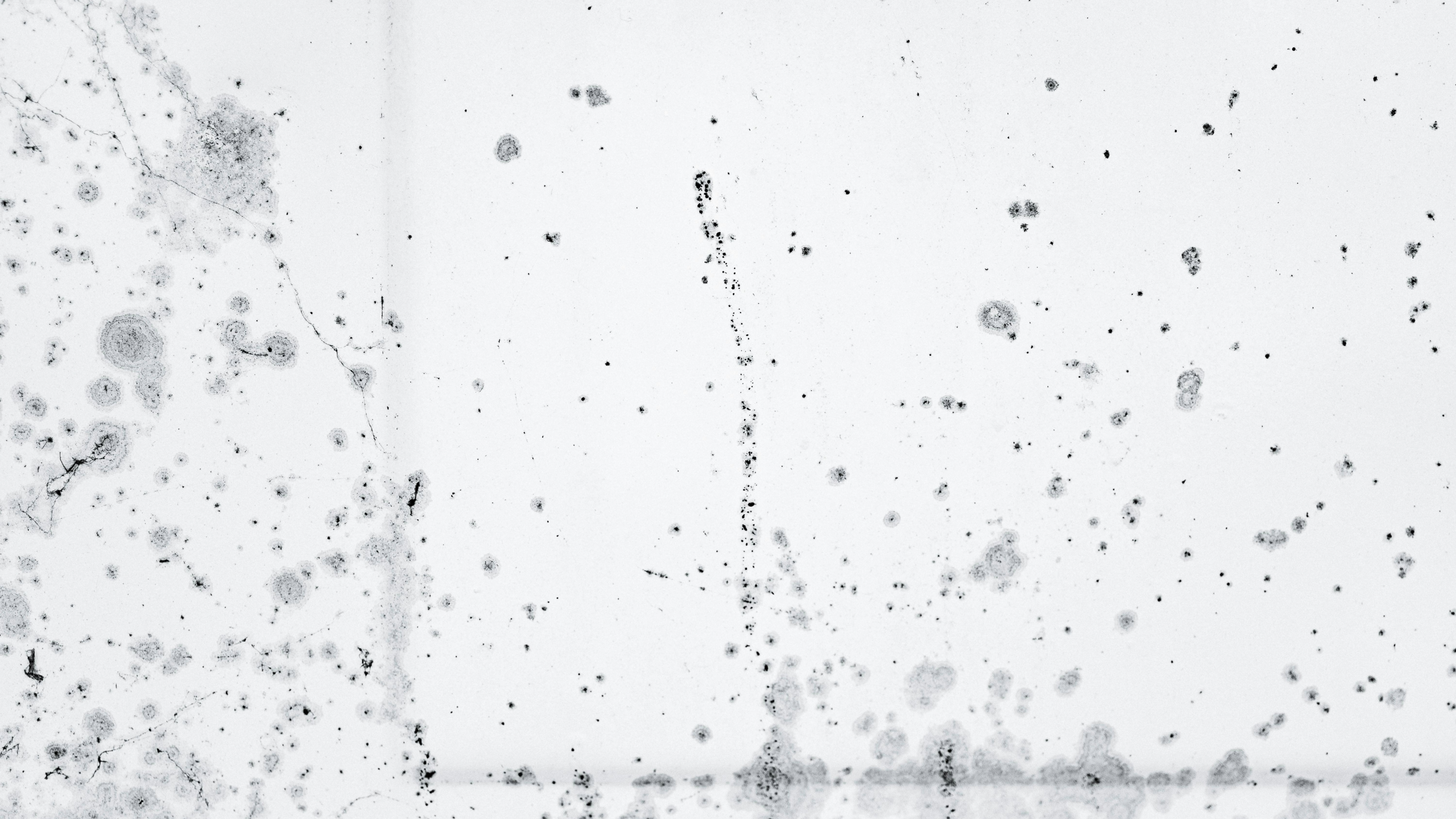
Mold consists of microscopic fungi naturally present in the environment. Carried by air currents, humans, or pets, they can settle inside a building when two conditions are met: moisture and a nutrient source such as gypsum or cardboard. When they proliferate, molds can damage building materials and pose health risks.
Symptoms of mold exposure vary depending on individual sensitivity, health condition, and duration of exposure. Common symptoms include:
- Eye, nose, and throat irritation
- Runny nose, sinus congestion, cold-like symptoms
- Wheezing
- Coughing
- Increased frequency and severity of asthma attacks
- Chronic fatigue and headaches
These effects can be subtle, developing gradually and making it difficult to quickly identify the source of the problem. This is why it’s essential to detect the conditions that foster mold growth before it becomes visible.
With Tensio technology, you can monitor humidity and temperature trends in real time to prevent mold formation. Rather than waiting for visible signs, Tensio allows you to act at the source, protecting both occupant health and the structural integrity of your building.
Humidex (Thermal Comfort Index)
.jpg?width=7273&height=4092&name=Adobe%20Express%20-%20file%20(2).jpg)
The humidex, as reported by meteorologists, is designed for the general public and reflects the combined effect of heat and humidity on human comfort. However, in professional settings, heat-related illnesses depend on more than just these two parameters: air movement, workload, radiant heat sources, and worker physical condition also play determining roles.
In certain work environments (for instance, offices with high humidity but low physical activity and limited additional heat sources), the humidex can serve as an indicator of thermal discomfort. It is therefore essential to base assessments on measurements taken directly within the workplace, as indoor conditions can differ significantly from those reported in weather forecasts.
With Tensio sensors, it becomes possible to continuously measure temperature and humidity where it truly matters : inside your building. This real-time monitoring makes it easy to detect periods when the humidex reaches discomfort thresholds and to respond quickly, protecting both occupant well-being and the building’s energy performance.
What Data Changes: Reactivity vs. Proactivity
Traditionally, building maintenance has relied on a reactive model : intervention happens only when a problem arises. A blocked roof drain, moisture infiltration, or a faulty ventilation system are often discovered only once their effects are already felt… and costly.
With Tensio sensors, we shift to an entirely new paradigm: proactivity. Continuously collected data provides a clear picture of the building’s actual condition. The result: instead of waiting for problems to escalate, managers are alerted at the first signs of risk.
Tangible Benefits
By combining data and proactivity, managers gain clear advantages:
- Reduced maintenance costs: fewer emergency repairs and premature replacements.
- Improved occupant comfort: better-controlled indoor environments with no unpleasant surprises.
- Infrastructure longevity: extended lifespan of assets through condition-based management rather than chance.
In other words, data transforms maintenance into a strategic tool. No longer just for putting out fires, but for preventing them.
A New Generation of Sensors Serving Building Managers
The Tensio sensor line is expanding with a new tool designed to monitor humidex, humidity, temperature, and mold risk. These key indicators, essential for ensuring both building durability and occupant comfort, are now available in real time directly from the Tensio platform.
Engineered to seamlessly integrate into a smart maintenance strategy, this sensor provides managers with actionable data to anticipate issues, plan interventions more effectively, and reduce costs associated with unexpected breakdowns.
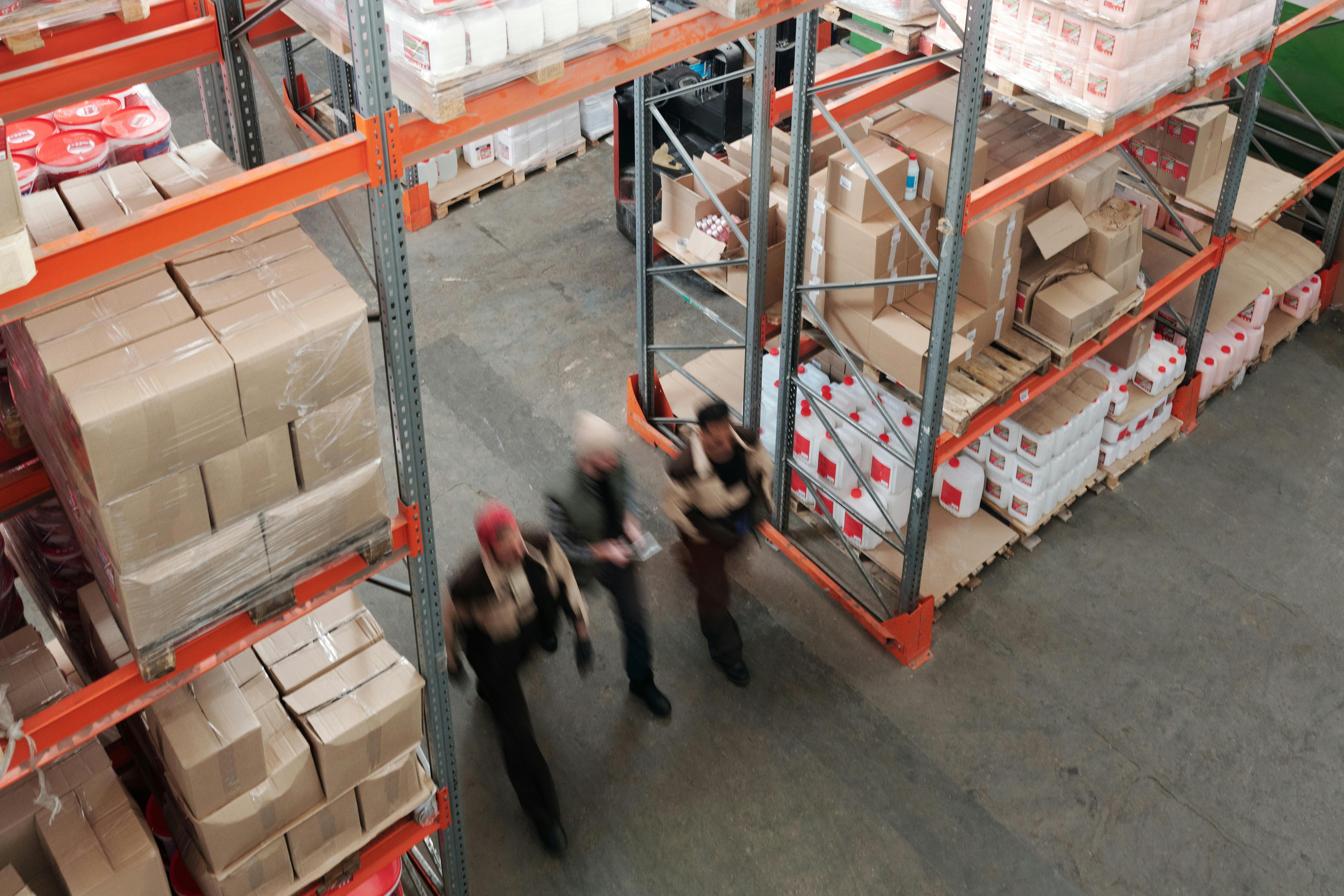
Another advantage: it can be combined with Tensio’s existing sensors (for snow and roof drains) to offer an even more complete picture of a building’s actual condition. Whether preventing snow overloads, water infiltration, or indoor air quality issues, the strength lies in integrating all this data in one place.
Together, these sensors represent a new generation of connected solutions — empowering building managers to move from reactive to proactive and strategic management of their facilities.
To learn more about how this sensor integrates into your building, contact us today.
%20(2).png?width=150&height=50&name=Tensio_Logo-SansPositionnement_RVB%20(1)%20(2).png)
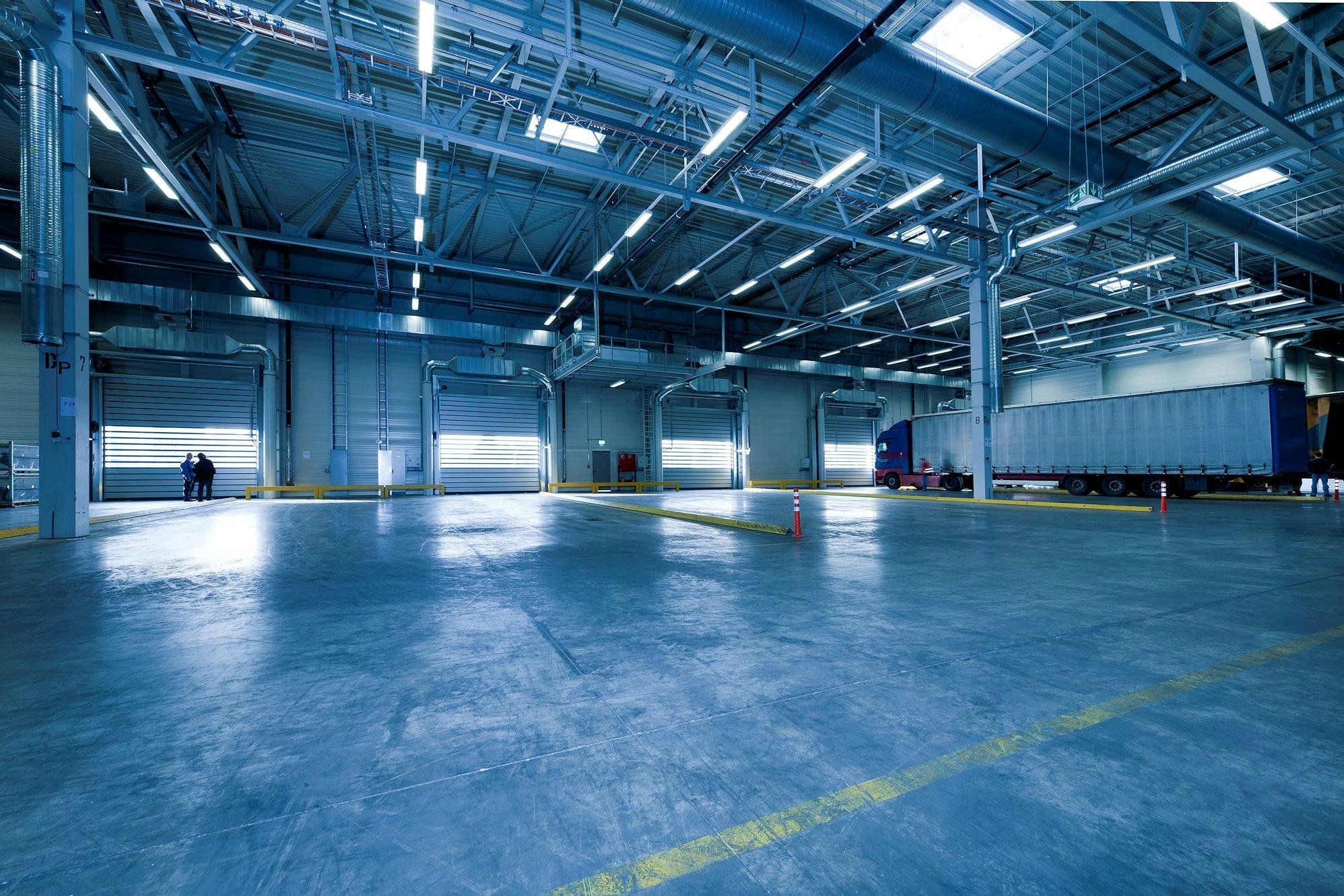
.jpg?width=4000&height=2250&name=Adobe%20Express%20-%20file%20(1).jpg)

